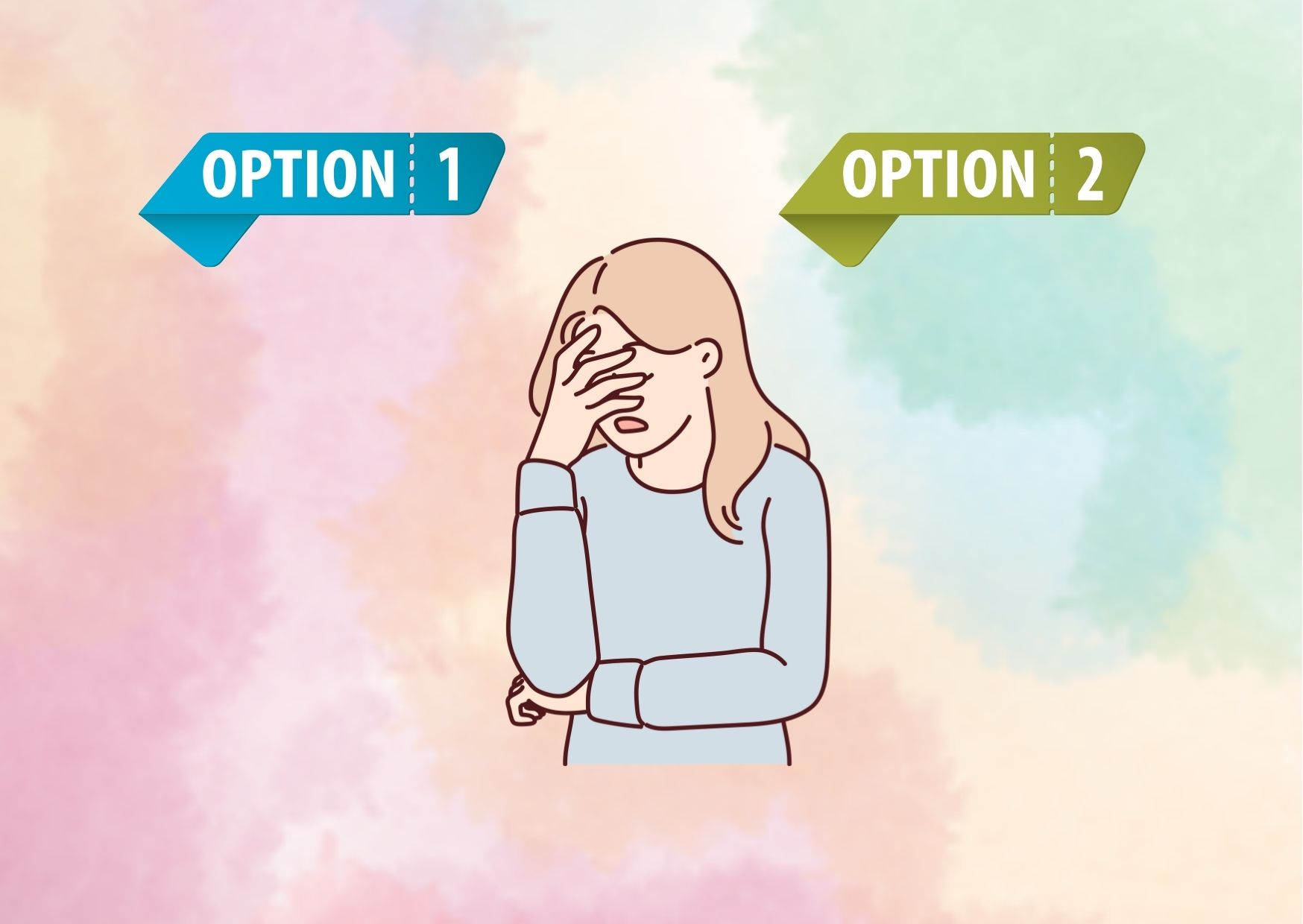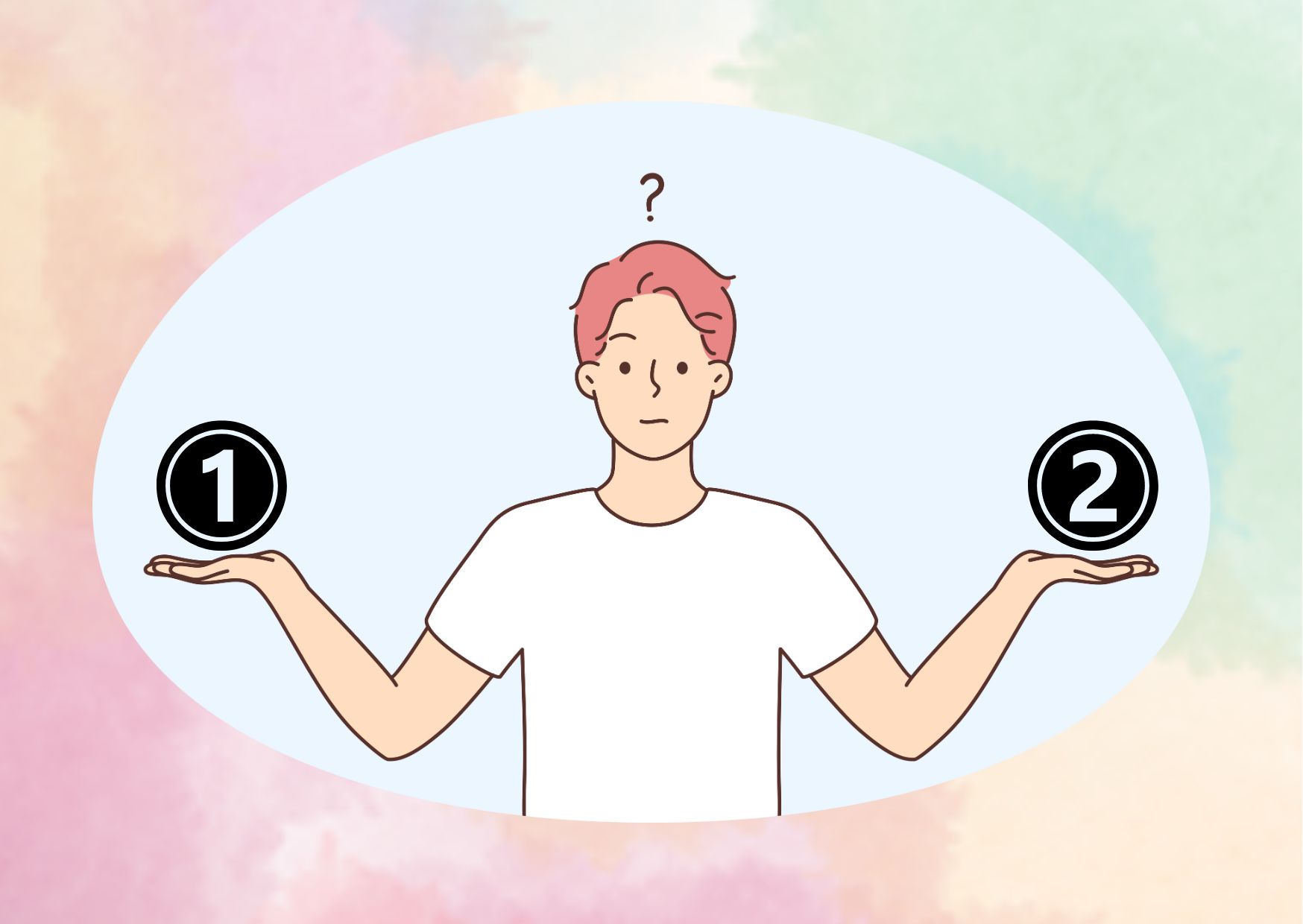Contradictory Cognitive Dissonance: An Introspective Look
Cognitive dissonance, a pivotal theory in psychology, examines the mental discomfort experienced when an individual holds contradictory beliefs, ideas, or values. First proposed by Leon Festinger in the 1950s, this influential concept in social psychology arises when there is an inconsistency between one’s beliefs, attitudes, or behaviors, creating psychological tension that motivates resolving the dissonance.
The theory explores how individuals cope with cognitive dissonance, such as changing beliefs, rationalizing inconsistencies, or altering behaviors. It has wide-ranging applications in understanding decision-making, attitude change, self-perception, relationships, and mental stress. With extensive empirical research, cognitive dissonance theory continues to provide profound insights into human behavior and the resolution of internal conflicts.
What is Cognitive Dissonance?
Cognitive dissonance is a psychological phenomenon that occurs when an individual holds two or more contradictory beliefs, attitudes, or behaviors simultaneously. It creates an uncomfortable state of mental tension or discomfort, which motivates the person to resolve the inconsistency.
Defining Cognitive Dissonance
- Cognitive dissonance is defined as “psychological conflict resulting from incongruous beliefs and attitudes held simultaneously”.
- It arises when there is an inconsistency between one’s beliefs, attitudes, or behaviors, leading to psychological tension that drives the individual to reduce or eliminate the dissonance.
- The medical definition of cognitive dissonance is “psychological conflict resulting from simultaneously held incongruous beliefs and attitudes (as a fondness for smoking and a belief that it is harmful)”.
Understanding the Concept
People strive for consistency in their attitudes, perceptions, and behaviors. When there is a conflict or discrepancy between these elements, it creates an unpleasant state of discomfort known as cognitive dissonance. This dissonance can lead to feelings of anxiety, embarrassment, regret, sadness, shame, and stress, ultimately impacting behavior, thinking, and decision-making processes.
| Key Aspects | Description |
| Mental Discomfort | Cognitive dissonance results in mental discomfort or psychological tension when an individual holds conflicting beliefs, values, or attitudes [2]. |
| Inconsistency | It arises from the inconsistency between one’s cognitions (beliefs, attitudes, or behaviors), creating a state of dissonance or conflict. |
| Motivation to Reduce | The discomfort caused by cognitive dissonance motivates the individual to reduce or eliminate the dissonance by changing their beliefs, attitudes, or behaviors. |
By understanding the concept of cognitive dissonance, individuals can gain insights into their decision-making processes, behavior patterns, and the underlying motivations that drive them to resolve internal conflicts.
Signs and Manifestations
Cognitive dissonance can manifest in various ways, ranging from subtle mental discomfort to overt behavioral patterns. Here are some common signs and manifestations:
Avoidance and Denial
- Avoiding or ignoring situations, people, or information that trigger the dissonance.
- Discouraging discussions or distracting oneself from the dissonant thoughts or feelings.
- Delegitimizing or undermining evidence that contradicts one’s beliefs or actions.
Rationalization and Justification
- Belittling the importance of the dissonance or providing rational arguments to convince oneself or others that the behavior is acceptable.
- Talking oneself into a decision to reconcile the dissonance, such as an investor buying a stock at a higher price than planned.
- Ignoring facts or data that contradict a belief, like investors rationalizing staying in poorly performing mutual funds.
Emotional Discomfort
- Feeling squeamish, uncomfortable, or experiencing an internal conflict before making a decision.
- Experiencing a nagging sense of guilt, shame, or regret after making a decision that goes against one’s beliefs.
- Feeling anxiety, embarrassment, sadness, or stress due to the cognitive dissonance.
| Manifestation | Description |
| Avoidance | Avoiding situations, people, or information that trigger dissonance. |
| Rationalization | Providing rational arguments to justify behavior or decisions. |
| Emotional Discomfort | Experiencing negative emotions like guilt, shame, or anxiety due to dissonance. |
It’s important to note that the intensity of these signs and manifestations can vary based on the degree of dissonance experienced by an individual. The greater the dissonance, the more pronounced the efforts to reduce the mental anguish may become.
Common Examples of Cognitive Disonnance
Cognitive dissonance is a pervasive phenomenon that manifests in various aspects of our lives. Here are some common examples that illustrate this psychological concept:
1. Smoking and Health Beliefs
One of the most well-known examples of cognitive dissonance is the case of smokers who acknowledge the harmful effects of smoking on their health yet continue to smoke. The dissonance arises between the knowledge that smoking is detrimental to their well-being and the behavior of continuing to smoke.
2. Buyer’s Remorse
Buyer’s remorse is a form of cognitive dissonance that occurs after making a significant purchase. The individual may experience dissonance between the belief that they made the right choice and the doubts or regrets that arise after the purchase.
3. Effort Justification
Cognitive dissonance can also arise when individuals have invested significant effort or resources into a task or decision. To justify their efforts, they may rationalize or exaggerate the positive aspects of their choice, even in the face of contradictory evidence.
4. Selective Exposure
People often seek out information that aligns with their existing beliefs and avoid or discredit information that contradicts those beliefs. This selective exposure to information helps reduce cognitive dissonance by reinforcing their current attitudes and beliefs.
| Example | Description |
| Smoking and Health Beliefs | Smokers acknowledge the harmful effects of smoking but continue to smoke, creating dissonance between their knowledge and behavior. |
| Buyer’s Remorse | Dissonance arises after making a significant purchase, leading to doubts or regrets about the decision. |
| Effort Justification | Individuals rationalize or exaggerate the positive aspects of their choices to justify the effort or resources invested. |
| Selective Exposure | People seek out information that aligns with their existing beliefs and avoid contradictory information to reduce dissonance. |
These examples demonstrate how cognitive dissonance can manifest in various aspects of our lives, ranging from personal habits and decision-making to information processing and belief systems.
Causes and Triggers
Cognitive dissonance can arise from various situations and circumstances. Understanding the common causes and triggers can help individuals recognize and address this psychological phenomenon more effectively.
Primary Causes
- Decision-Making: Making decisions, especially when presented with multiple options or conflicting information, can trigger cognitive dissonance. The internal conflict arises from the need to choose one option while rejecting the others, leading to discomfort and a desire to justify the chosen path.
- Forced Compliance: Engaging in behaviors or actions that contradict one’s beliefs, values, or moral principles due to external pressures or expectations can induce cognitive dissonance. This internal conflict stems from the dissonance between personal beliefs and the actions one is compelled to undertake.
- New Information: Acquiring new information or knowledge that contradicts existing beliefs or deeply held convictions can create cognitive dissonance. The dissonance arises from the need to reconcile the new information with previously held beliefs, leading to mental discomfort.
Additional Triggers
- Social Pressure: Experiencing social pressure from friends, family, or peers to conform to beliefs or behaviors that conflict with one’s own values can trigger cognitive dissonance.
- Addiction: Engaging in addictive behaviors, such as smoking or substance abuse, despite being aware of their harmful consequences, can lead to cognitive dissonance between the behavior and the knowledge of its detrimental effects.
- Effort Justification: When individuals invest significant time, effort, or resources into a decision or action, they may experience cognitive dissonance if the outcome does not align with their expectations or if the effort seems disproportionate to the reward. This dissonance arises from the need to justify the effort expended.
| Cause/Trigger | Description |
| Decision-Making | Making choices between multiple options or conflicting information. |
| Forced Compliance | Engaging in actions that contradict personal beliefs due to external pressures. |
| New Information | Acquiring knowledge that contradicts existing beliefs or convictions. |
| Social Pressure | Experiencing pressure from social circles to conform to conflicting beliefs or behaviors. |
| Addiction | Engaging in addictive behaviors despite awareness of their harmful effects. |
| Effort Justification | Experiencing dissonance when the outcome does not align with the effort invested. |
It’s important to note that the degree of cognitive dissonance experienced can vary based on factors such as the importance attached to the conflicting beliefs, the number of dissonant beliefs, and the individual’s ability to rationalize or justify the inconsistencies.
Suggestion for read: Understanding Classical Conditioning
Impact and Consequences
Cognitive dissonance can have far-reaching consequences on an individual’s mental well-being, decision-making processes, and overall quality of life. Understanding these impacts is crucial for recognizing and addressing this psychological phenomenon effectively.

